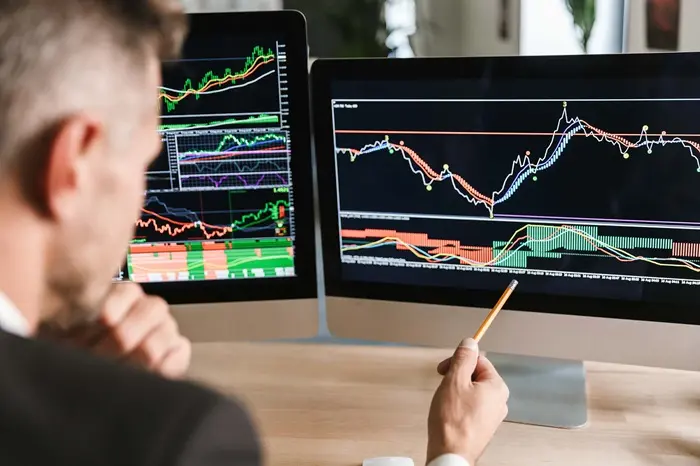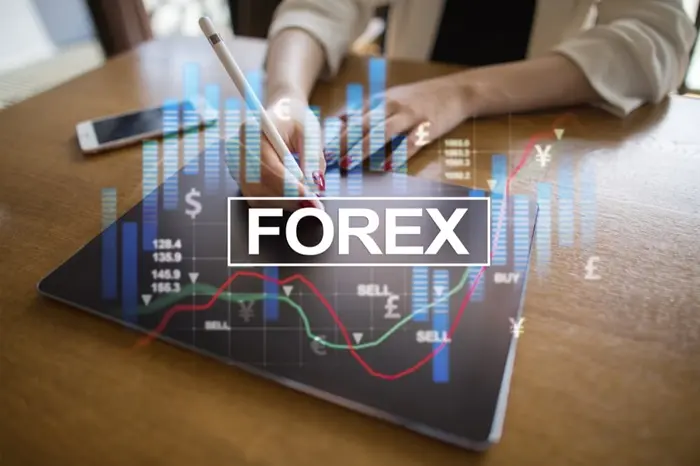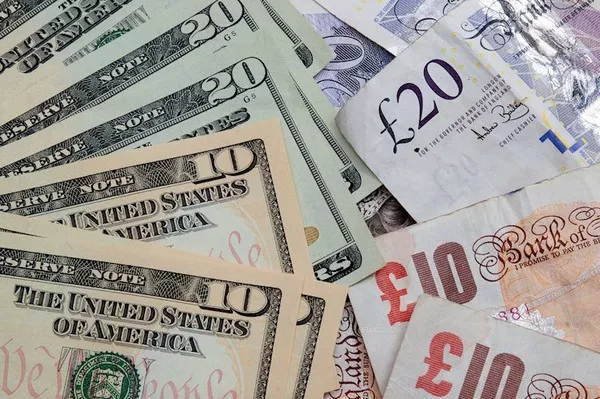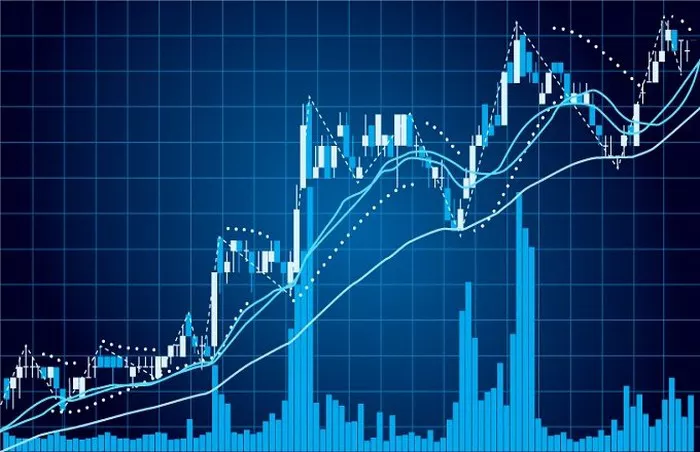Forex trading is one of the largest and most liquid financial markets in the world. With a daily trading volume of over $6 trillion, the Forex market offers traders tremendous opportunities to profit from fluctuations in currency values. Whether you are a beginner or an experienced investor, it is essential to understand the basics of Forex trading and how to make money in this market.
This article will provide a comprehensive guide to Forex trading, covering everything from the fundamentals of currency pairs to advanced strategies for making money in the Forex market. We will explore factors that affect exchange rates, trading techniques, and tips for effectively managing risk. By the end of this article, you will have a clear understanding of how to get started with Forex trading and maximize your chances of success.
What is Forex Trading?
Definition of Forex Trading
Forex trading involves the buying and selling of currencies with the goal of profiting from changes in exchange rates. In simple terms, you are essentially betting on whether the value of one currency will rise or fall relative to another. For example, if you think the value of the Euro (EUR) will rise against the U.S. Dollar (USD), you can buy EUR/USD. If the Euro appreciates, you can sell it for a profit.
Unlike the stock market, in Forex trading, you trade currencies in pairs. These pairs fall into three categories:
Major currency pairs: These include currencies such as the US dollar, euro, British pound, Japanese yen, and Swiss franc.
Minor currency pairs: These are currencies from smaller or emerging economies.
Exotic currency pairs: These involve currencies with less liquid markets, such as the Brazilian real or Thai baht.
Importance of currency pairs in Forex trading
In Forex trading, currencies are always quoted in pairs. A currency pair consists of two currencies, one is the base currency and the other is the quote currency. The exchange rate indicates how much of the quote currency is needed to buy one unit of the base currency.
For example, in the currency pair EUR/USD = 1.20, the base currency is the Euro (EUR) and the quote currency is the US Dollar (USD). This means that 1 Euro is equivalent to 1.20 US Dollars.
The most traded currency pairs include:
EUR/USD (Euro/US Dollar)
GBP/USD (British Pound/US Dollar)
USD/JPY (US Dollar/Japanese Yen)
Understanding how currency pairs work is essential to identifying potential profit opportunities in Forex trading.
How to Make Money in Forex Trading
Making money in Forex trading is no easy feat. It requires a deep understanding of the market, strategic planning, and effective risk management. Here are the key steps and strategies to make money in Forex trading:
1. Learn the Basics of Forex Trading
Before diving into Forex trading, it is important to understand the basic concepts and terminology. This includes:
Pip and Lot: A pip is the smallest price movement in a currency pair, usually 0.0001. Lot refers to the size of a trade; a standard lot is 100,000 units of the base currency.
Leverage: Leverage allows traders to control larger positions with less capital. However, leverage can magnify profits and losses.
Bid and Ask: The bid price is the price at which you can sell a currency, and the ask price is the price at which you can buy a currency.
Spread: The spread is the difference between the bid and ask prices. The smaller the spread, the lower the transaction costs.
2. Choose the Right Trading Platform
To trade Forex, you need a reliable trading platform. Most forex brokers offer platforms that allow you to analyze the market, make trades, and manage your account. Some of the most popular platforms include:
MetaTrader 4 (MT4): A widely used platform that features a wide range of technical tools and indicators.
MetaTrader 5 (MT5): A newer version of MT4 with additional features such as more timeframes and advanced charting tools.
cTrader: A platform known for its user-friendly interface and fast order execution.
Make sure you choose a platform that suits your trading style and preferences.
3. Understand the factors that affect currency prices
Currency prices fluctuate based on a variety of economic, political, and social factors. These factors include:
Interest rates: Central banks, such as the Federal Reserve, set interest rates, which directly affect the value of a currency. Higher interest rates typically attract foreign investment, which increases demand for the currency.
Economic data: Economic indicators such as GDP growth, unemployment, and inflation affect the value of a currency. Positive data tends to strengthen a currency, while negative data weakens it.
Political events: Political instability or elections can cause currency prices to fluctuate. For example, Brexit caused the British pound to fluctuate wildly.
Market sentiment: News events, natural disasters, and global developments can affect market sentiment and impact currency prices.
By understanding these factors, you can better predict price movements and make smarter trading decisions.
4. Develop a trading strategy
Having a solid trading strategy is essential to success in Forex trading. A clear strategy can help you stay disciplined and avoid emotional trading. Some common strategies include:
Trend following strategies
Trend following strategies involve identifying a prevailing trend in the market and trading in the direction of that trend. Traders use technical analysis tools such as moving averages, trend lines, and momentum indicators to spot trends. The idea is to enter the market when a trend is forming and exit when the trend begins to reverse.
Range trading strategies
Range trading involves buying at support levels and selling at resistance levels. This strategy is used in markets where prices fluctuate within a defined range, and traders aim to profit from price fluctuations between these levels. Indicators such as the Relative Strength Index (RSI) and Bollinger Bands are often used for range trading.
Scalping strategies
Scalping is a short-term strategy that involves making multiple small trades throughout the day to capture small price movements. Scalpers typically hold positions for only a few minutes and rely on high leverage to magnify profits. This strategy requires quick decision-making and the ability to react quickly to market changes.
Swing Trading Strategy
Swing traders aim to capture price swings or short-term trends in the market. They hold positions for days or weeks, looking for opportunities to profit from medium-term price movements. Swing traders use technical analysis and chart patterns to determine entry and exit points.
5. Risk Management in Forex Trading
One of the most important aspects of Forex trading is risk management. Even the best traders experience losses, but effective risk management can minimize potential losses. Key risk management practices include:
Setting stop-loss orders: A stop-loss order is a predetermined price at which you exit a losing position. It can help you limit your losses if the market moves against you.
Using appropriate leverage: While leverage can increase profits, it can also magnify losses. It is important to use leverage carefully and not risk more than you can afford to lose.
Position sizing: Position sizing refers to how much capital you allocate to each trade. It is crucial to determine position size based on the amount of risk you are willing to take.
Risk-to-reward ratio: The risk-to-reward ratio is the ratio of a trade’s potential profit to its potential loss. A good risk-to-reward ratio helps ensure that your potential profits outweigh your potential losses.
6. Stay up to date with market news
Keeping up to date with the latest market developments is essential to successful Forex trading. Economic reports, central bank decisions, and geopolitical events can all affect currency prices. Some sources of market news include:
Economic calendars: These calendars provide a timeline of upcoming economic reports and events that could impact the forex market.
Forex news sites: Sites such as Forex Factory, and Bloomberg provide real-time news and analysis of the forex market.
Social media and forums: Platforms such as Twitter and Reddit can provide insights from other traders, but it is important to verify the information before taking action.
7. Practice with a demo account
Before investing real money, it is best to practice trading with a demo account. Most brokers offer a demo account that allows you to trade with virtual money in a risk-free environment. This can help you become familiar with the trading platform, test different strategies, and gain confidence without risking your own capital.
8. Stay disciplined and patient
One of the most important aspects of forex trading is staying disciplined and patient. Successful traders stick to their strategies and avoid making impulsive decisions based on emotions. It is important to stay patient and not expect overnight success in the forex market. Long-term, well-thought-out decisions are the key to long-term profitability.
Conclusion
Forex trading offers significant opportunities for making money, but it requires a solid understanding of the market, effective risk management, and a disciplined approach. By learning the basics of forex trading, choosing the right platform, understanding the factors that influence currency prices, and developing a solid trading strategy, you can increase your chances of success. Always remember to practice good risk management and stay informed about market trends to make well-informed decisions.
While forex trading can be profitable, it also carries risks. It’s important to approach it with caution, patience, and a willingness to learn. By continuously improving your skills and understanding of the market, you can become a successful forex trader and take advantage of the many opportunities that this global market has to offer.

























